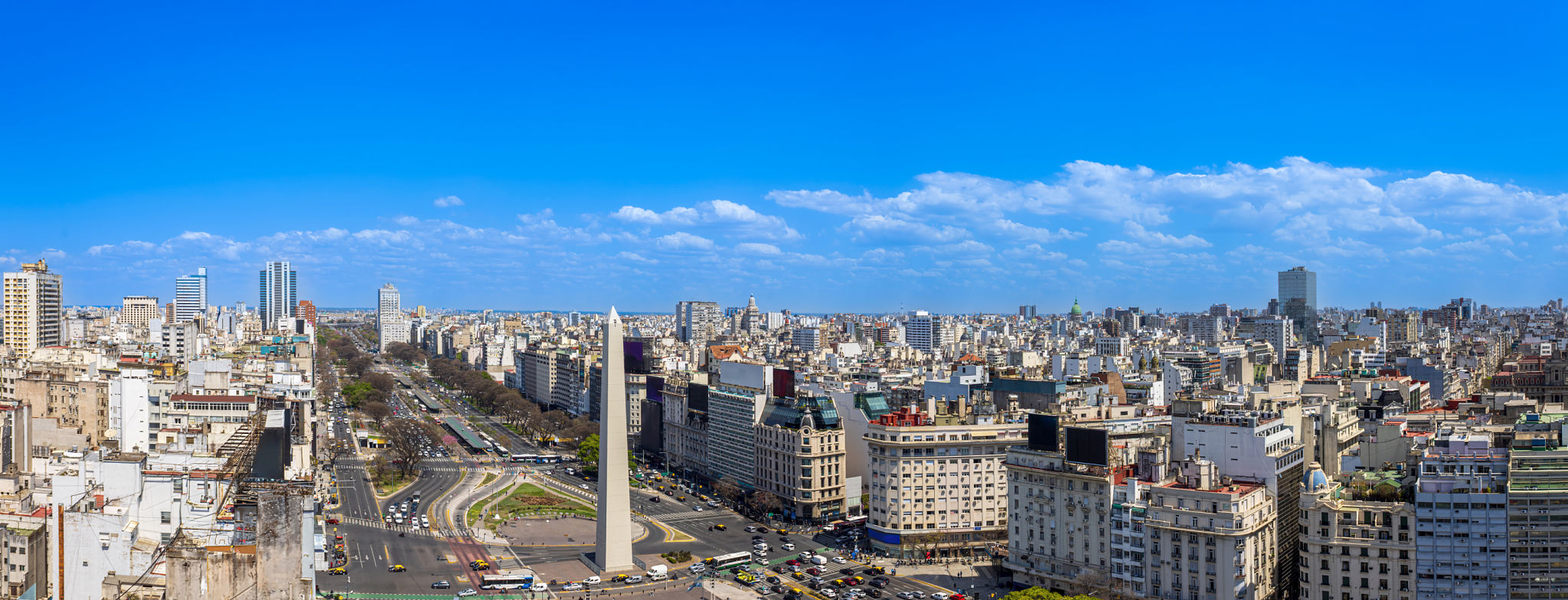Expert Tips for Navigating Argentina’s Architectural Regulations
Understanding the Basics of Argentina's Architectural Regulations
Argentina is renowned for its rich cultural heritage and diverse architectural styles, ranging from colonial structures to modern skyscrapers. However, navigating the architectural regulations in Argentina can be complex, especially for foreign architects and developers. Understanding these regulations is crucial for ensuring compliance and smooth project execution.
The first step in navigating Argentina's architectural regulations is to familiarize yourself with the country's building codes. These codes govern various aspects of construction, including safety, design, and environmental impact. Each province in Argentina may have its own set of rules and standards, so it is essential to research the specific requirements for your project's location.

Engaging with Local Authorities
Engaging with local authorities is a vital part of the process. Building relationships with officials can help you understand the nuances of the regulations and expedite the approval process. It is beneficial to consult with a local architect or legal expert who can provide insights into the regulatory landscape and facilitate communication with government bodies.
Moreover, staying informed about any changes in regulations is crucial. Regulations can evolve, and being aware of updates will help you remain compliant and avoid potential legal issues.
The Role of Zoning Laws
Zoning laws play a significant role in determining what can be built in specific areas. These laws dictate land use, building height, density, and other factors that influence the design and functionality of your project. Understanding the zoning laws applicable to your site will help you plan effectively and avoid costly redesigns.

Environmental Considerations
Environmental regulations are becoming increasingly important in architectural projects worldwide, and Argentina is no exception. Sustainable design and construction practices are encouraged, and some regions may have specific requirements aimed at reducing environmental impact. Incorporating eco-friendly materials and energy-efficient technologies not only helps in complying with regulations but also enhances the appeal of your project to environmentally conscious consumers.
Additionally, obtaining environmental permits may be necessary for certain projects. Ensure that you account for these requirements early in the planning phase to prevent delays.
Navigating Heritage Preservation Laws
Argentina's rich historical tapestry means that many areas are subject to heritage preservation laws. These laws are designed to protect cultural landmarks and ensure that new developments respect the historical context of their surroundings. If your project is situated in or near a designated heritage site, special permissions and design considerations will likely be required.

Leveraging Local Expertise
One of the most effective strategies for navigating Argentina's architectural regulations is to leverage local expertise. Collaborating with local architects, engineers, and consultants who have experience working within the regulatory framework can provide invaluable insights and streamline the approval process.
These experts can assist with everything from initial site assessments to final inspections, ensuring that your project aligns with all necessary regulations and standards.
Conclusion: Planning for Success
Navigating Argentina’s architectural regulations may seem daunting at first, but with careful planning and the right expertise, it can be a manageable process. By understanding the basic regulatory landscape, engaging with local authorities, considering environmental and heritage factors, and leveraging local expertise, you can set the foundation for a successful architectural project in Argentina.
Remember, thorough research and preparation are key. By taking these steps, you can not only comply with regulations but also create innovative and sustainable designs that contribute positively to Argentina’s architectural legacy.